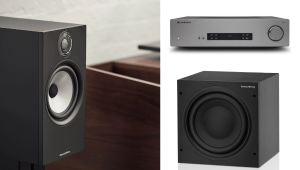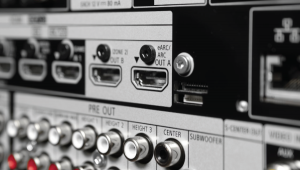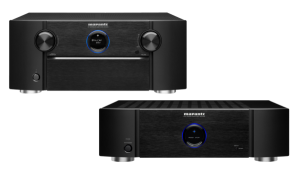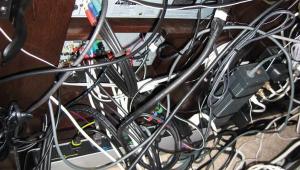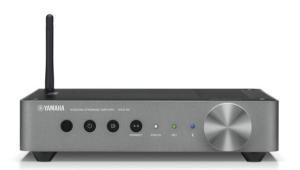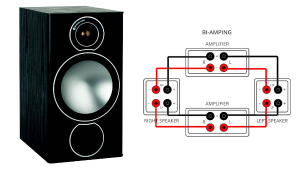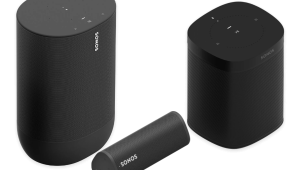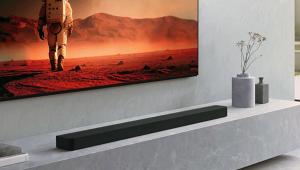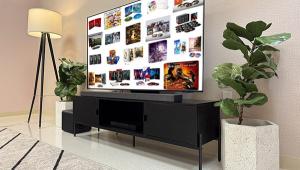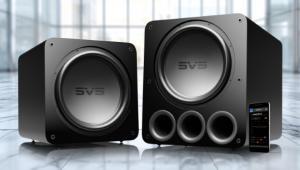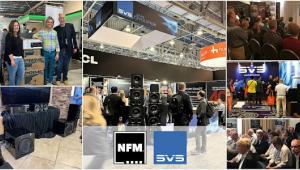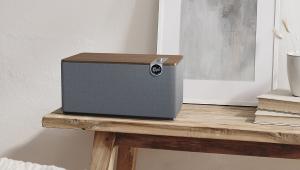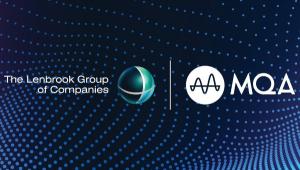- REVIEWS
Displays Electronics 
Speakers Sources 
Other Gear Software - TOP PICKS
- HOW TO
How To Buy 
How To Use 
Tech 101 - BLOGS
- NEWS
- FEATURES
- INSTALLS
Custom Installation - SUBSCRIBE
DAC Connections: Asynchronous USB Input vs. Ethernet

Q Can you explain what it is about an asynchronous USB DAC input on a receiver that would enable it to sound superior to an Ethernet connection streaming the same file over a home network? —Chris Hebner / Delano, MN
A The oft-stated advantage of an asynchronous USB connection is that it lets the clock present in the DAC control the flow of audio data from the computer, as opposed to sharing that task with your PC or Mac. By commandeering the data flow, asynchronous USB eliminates timing errors that can potentially degrade audio performance. You can still expect good sound when using an Ethernet connection to stream audio to a receiver from your computer, however. The key issue with that connection isn’t so much sound quality but ergonomics. By using an Ethernet cable to link the AV receiver to a home network, your computer (or NAS drive) can be located far away from the theater or listening room. With a USB hookup, on the other hand, your computer generally ends up in the same room as the audio system, an arrangement that some listeners may find less than ideal.
| Displays Electronics Speakers | Sources Other Gear Software | Top Picks of the Year Top Picks | Custom Install How To Buy How To Use |
Tech 101
|
Latest News Features Blogs | Resources Subscriptions |
WHERE TECHNOLOGY BECOMES ENTERTAINMENT
 © 2025 Sound&Vision
© 2025 Sound&VisionAVTech Media Americas Inc., USA
All rights reserved


